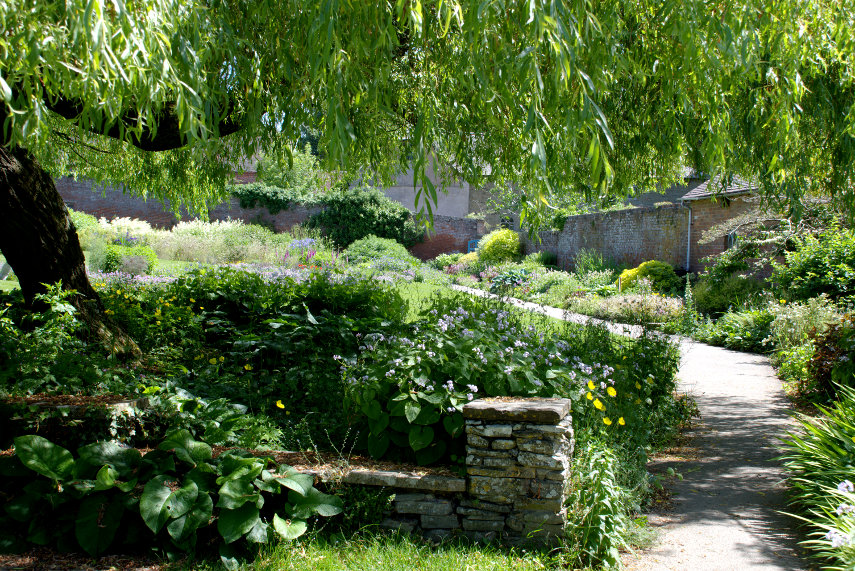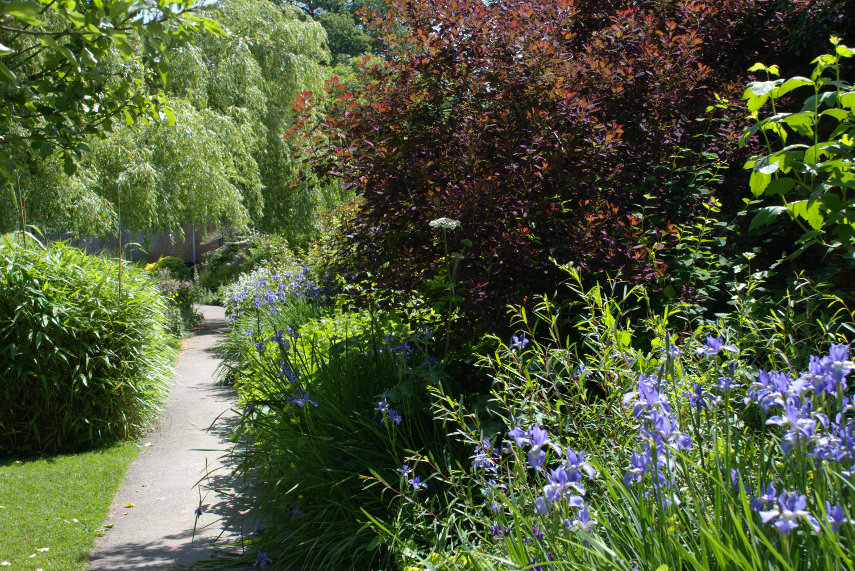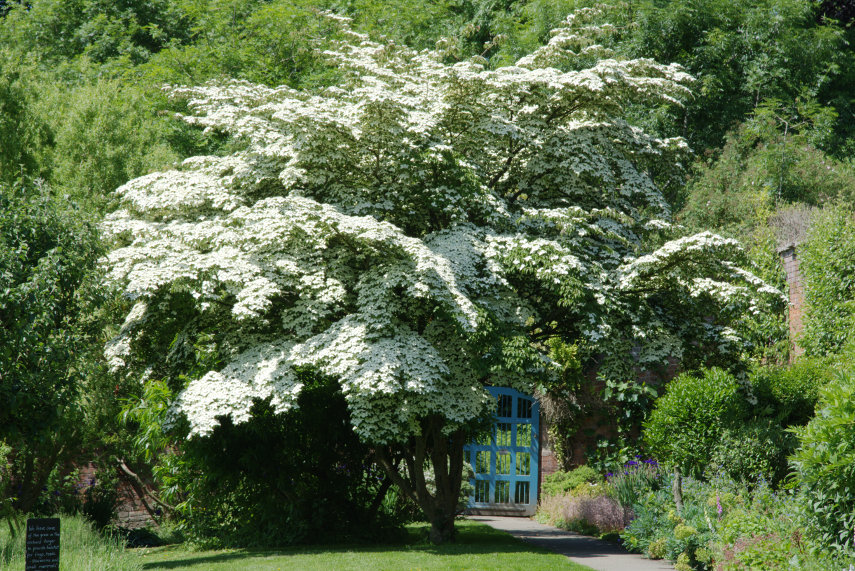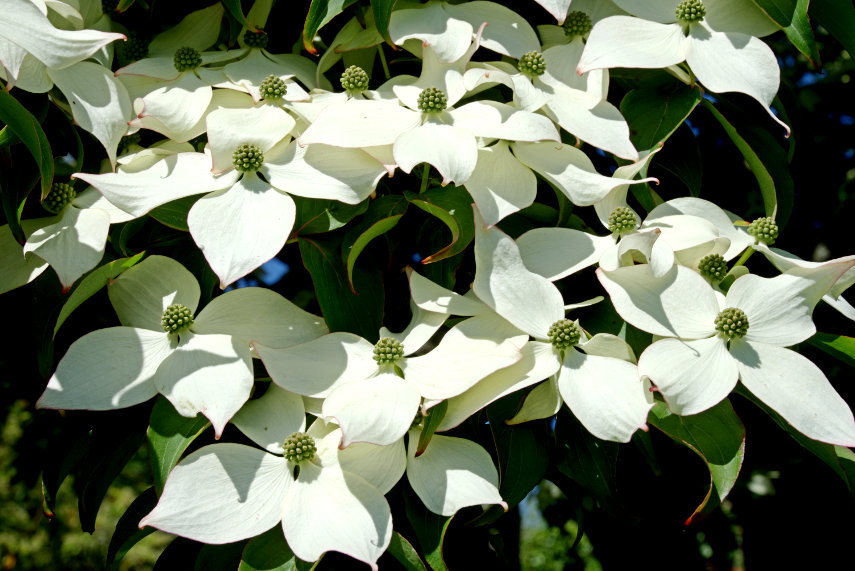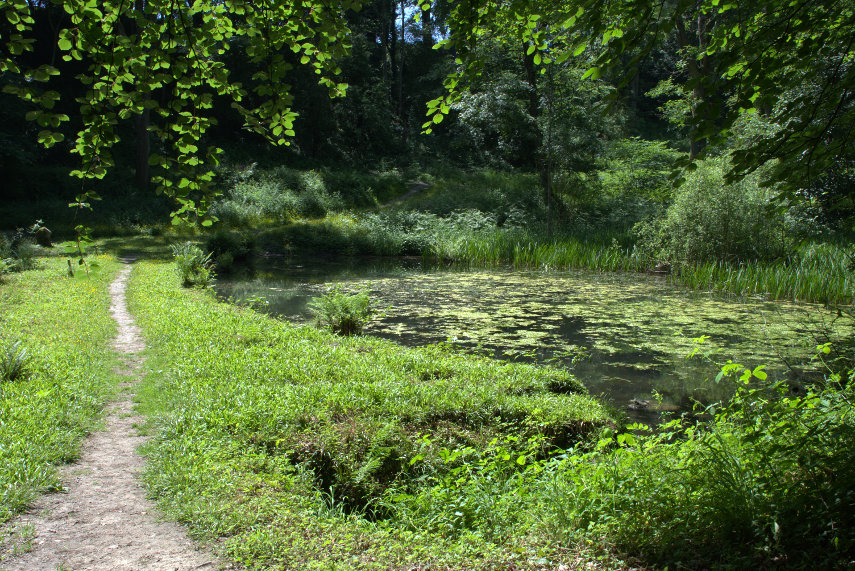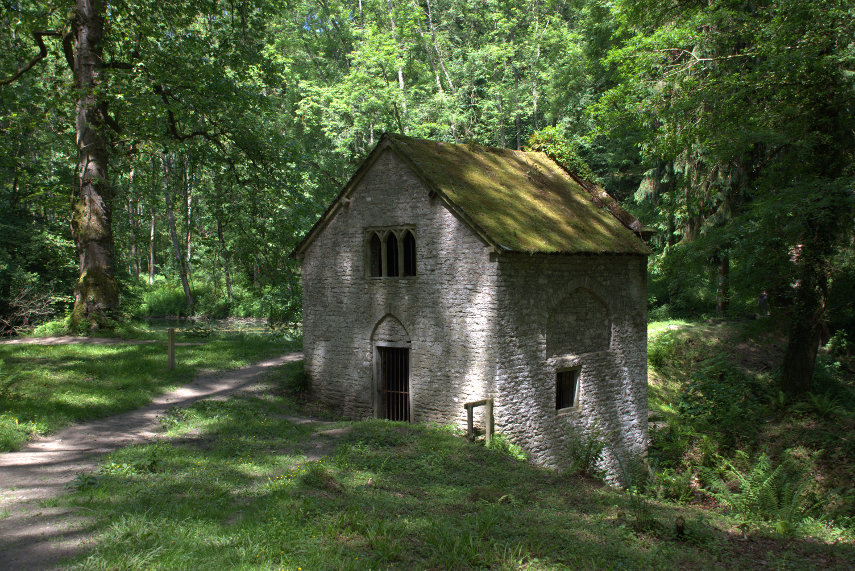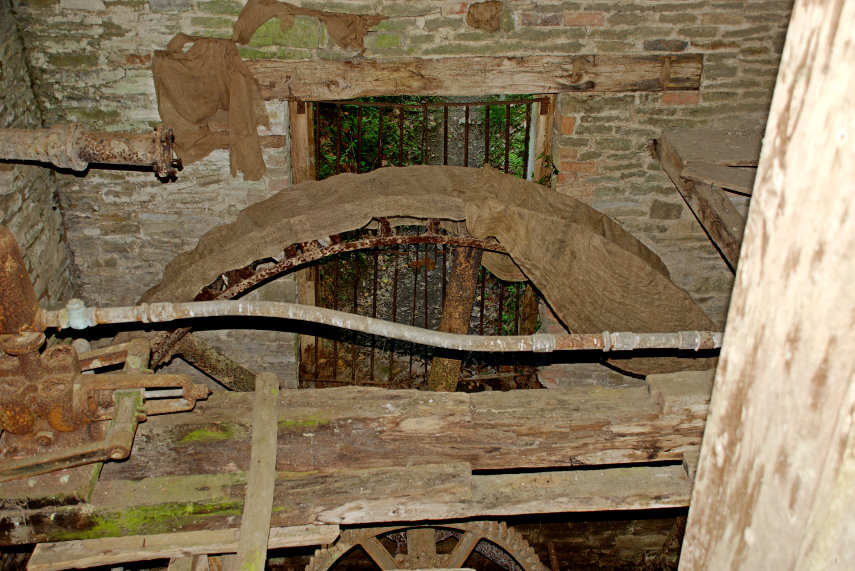Butterflies and Flowers
Butterflies? Flowers? February? It’s not as silly as it sounds. It all started this morning with a bright sun in a cloudless sky – it was going to be a beautiful day so we just had to go somewhere. That somewhere turned out to be Croft Castle.
We wanted to try and find some snowdrops which were supposed to be found in Pokehouse Wood. Don’t ask me where that name comes from because I don’t know and I’m not about to start guessing but the wood is on the western edge of the Croft Castle Estate. If one parks at Croft Castle then it’s going to be a five and a half mile return walk to Pokehouse Wood which we didn’t really want to do so we, naturally, cheated. On the way to Croft Castle we pass through the small village of Amestrey which, surprisingly, is on the western edge of the Croft Castle Estate so we didn’t pass through, we stopped and parked.
We used a public footpath to reach the edge of Croft Castle Estate where we found a sign, by some steep steeps, which told us that we had arrived at Pokehouse Wood. Up the steps we went and eventually arrived at a wide path where we turned right. Walking along the path, which we noticed was going downhill very slowly, we kept a lookout for Snowdrops. Not a sign. Not a tiny speck of white to be seen anywhere. But then we found these. Not a lot admittedly but it is a start.

As the path was going downhill we eventually arrived at river level, you can see the river below us in the image above, onto another path where we turned right.
Then things started to get interesting.



So, finally, we did find a few. We also noticed that the Snowdrop flowers were beginning to die back so we were lucky that we hadn’t left it another week as we may then have been disappointed.
We also spotted this solitary Primrose.

The path we were on seemed to be heading back towards our starting point so we decided to risk it and continued on this path. It wasn’t long before we arrived at the bottom of the steps we had climed previously so we needn’t have climbed them in the first place. Bummer!
On our way back along the public footpath we stopped to have a look at this tree.

Now that is a tree that you couldn’t easily miss. That tiny person at the bottom is Amanda trying to identify it. She eventually decided that it was a Wellingtonia. Wellingtonias are native to California in America and that is where they grow to their maximum height. They do also grow in other parts of America but not to such a height. However they do also like it here in Britain; growing not to such a height as they grow in California but higher than they grow in other parts of America.
We drove round to the car park in Croft Castle then walked to the restaurant where we had some much appreciated sustenance.
Our next plan was to walk around the upper reaches of Fishpoool Valley so we set off and came across another interesting tree.

This is known as the Candelabra Oak which Amanda estimates can’t be far short of 1000 years old. So you should be able to work out that it is an Oak and I don’t want any dimwits asking “Barry, why is it called the Candelabra Oak” as it should be fairly obvious. We started down the wooded path into Fishpool Valley.

Some way further down we saw, across on the other side, the Grotto which we had heard about but hadn’t seen so we went across to have a look.


It has to be said that we were not awe struck. Apparently some of it is now missing but what and where I don’t know. The second photograph above shows the Grotto on the left with Amanda sitting a little way in front. Walking on we came across our third flower of the day – a wild daffodil.

From the look of the area there should be a lot more of those in bloom in a few more weeks. We’ll have to come back and see. Back to our walk. The path went on – and on – and on.

It may be long but we were enjoying it. At this time of year with no leaves on the trees and a low sun the atmosphere was ethereal.

Our final picture, before we climbed out of Fishpool Valley and went back to our car, is of one of the ponds. The surface of the water was completely still and acted like a mirror showing some amazing reflections.

We also saw some butterflies – a Brimstone, a Comma and a Small Tortoiseshell so it must be Spring. That was the end of our day but we hope to be back for more daffodils – weather permitting.
